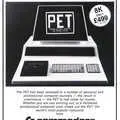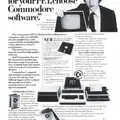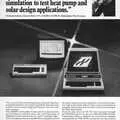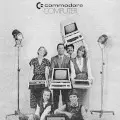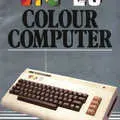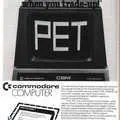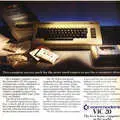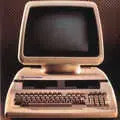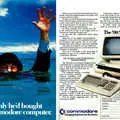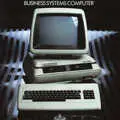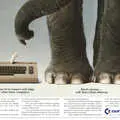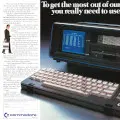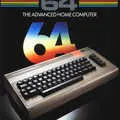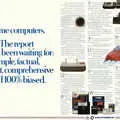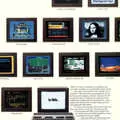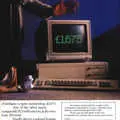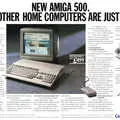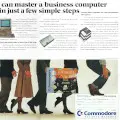
Commodore Advert - October 1991
From [Atari] ST Format
![Commodore Advert: Commodore CDTV - it's nothing short of revolutionary, from [Atari] ST Format, October 1991](https://static.nosher.net/archives/computers/images/st_format_1991_10_001a-m.webp)
Commodore CDTV - it's nothing short of revolutionary
Launched in March 1991, Commodore's CDTV - not Compact Disc TeleVision, but actually Commodore Dynamic Total Vision - was one of the very first consumer systems to provide video playback from CD-ROM, and one of the first CD-ROM-based consumer devices, period.
From the front, it looked much like a regular CD player or VCR, but belied the fact that internally it was essentially an Amiga 500 by its range of standard Amiga ports around the back.
It differed slightly from the A500 in having the new Fat Agnus graphics chip, but the other two of the highly-acclaimed PAD set - Paula and Denise - remained the same. It also contained an additional 512K of ChipRAM - dedicated memory for the PAD chips, a bit like a CPU having its own cache memory - bringing the total up to 1MB.
When Atari tried to launch its CD-ROM drive, a lack of software nearly killed it off. Commodore had the same issue with the original Amiga 1000, as it took a long time before enough software was available, so this time it had taken great pains to ensure that there would be enough for the CDTV's launch, promising that 100 titles would be available.
A prototype of the CDTV was reviewed in August 1990's Personal Computer World, with a copy of Europe's largest CD-ROM manufacturer Next Technology's Welcome disc running on it. The review said of a section featuring a biography of composer JS Bach that it:
"...works particularly well: perhaps the most exciting thing technically about the CDTV is the ability to mix music from the CD with music and speech from the Amiga. One application which is being worked on is a music training package which will combine with MIDI to teach people to play a musical instrument".
The system was so new that there was no particular standard as to how programmers should make their software retrieve information or interact with the user. This was apparently partly a conscious decision as it was seen that imposing any sort of restrictions might put developers off, and the CDTV desperately needed software if it was to succeed.
It was also down to a lack of personnel - the entire project was being run by Gail Wellington, once the head of the Commodore's UK software division but now back at Commodore HQ in Westchester, Pennsylvania, with contributions from a large number of developers around the world. There was not really any one person in a position to understand enough about everything to even come up with a standard.
The review concluded positively, calling the CDTV an:
"amalgam of Amiga, CD player, software and, most importantly, marketing. Broken down into these individual components it's nothing special, but the CDTV is more than the sum of its parts. It's a real multimedia machine and will, if it's a success, be the first home computer which is an appliance. This could have huge repercussions, paving the way for a number of other manufacturers to open up the market. Sam Tramiel of arch-rival Atari told a trade paper that he welcomed the CDTV as it would make his life - persuading companies to developer for the Atari CD-ROM - easier. As a yuppie toy it's expensive, but then all the best yuppie toys are: you wouldn't want the hoi polloi buying anything trendy and matt black[1]".
It was also the last major new product that Commodore launched before it filed for bankruptcy in 1994, although three more versions of the existing Amiga range would be released during 1992.
Perhaps it was too ahead of its time, but neither it nor the contemporary Phillips CD-i fared well in the market.
It wasn't really until around 2011 onwards that the market for converged TV/computer devices really started to take off, despite several false starts with set-top boxes over the intervening years.
It retailed for £600 - about £1,700 in 2025 and was to have been followed up by an improved and cheaper CDTV-II, but this was never released.
The original CDTV was discontinued in 1993.
Date created: 12 July 2013
Last updated: 11 December 2024
Hint: use left and right cursor keys to navigate between adverts.
Sources
Text and otherwise-uncredited photos © nosher.net 2025. Dollar/GBP conversions, where used, assume $1.50 to £1. "Now" prices are calculated dynamically using average RPI per year.


